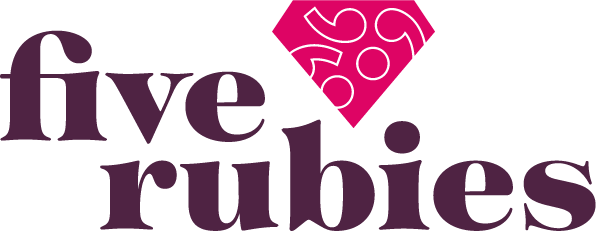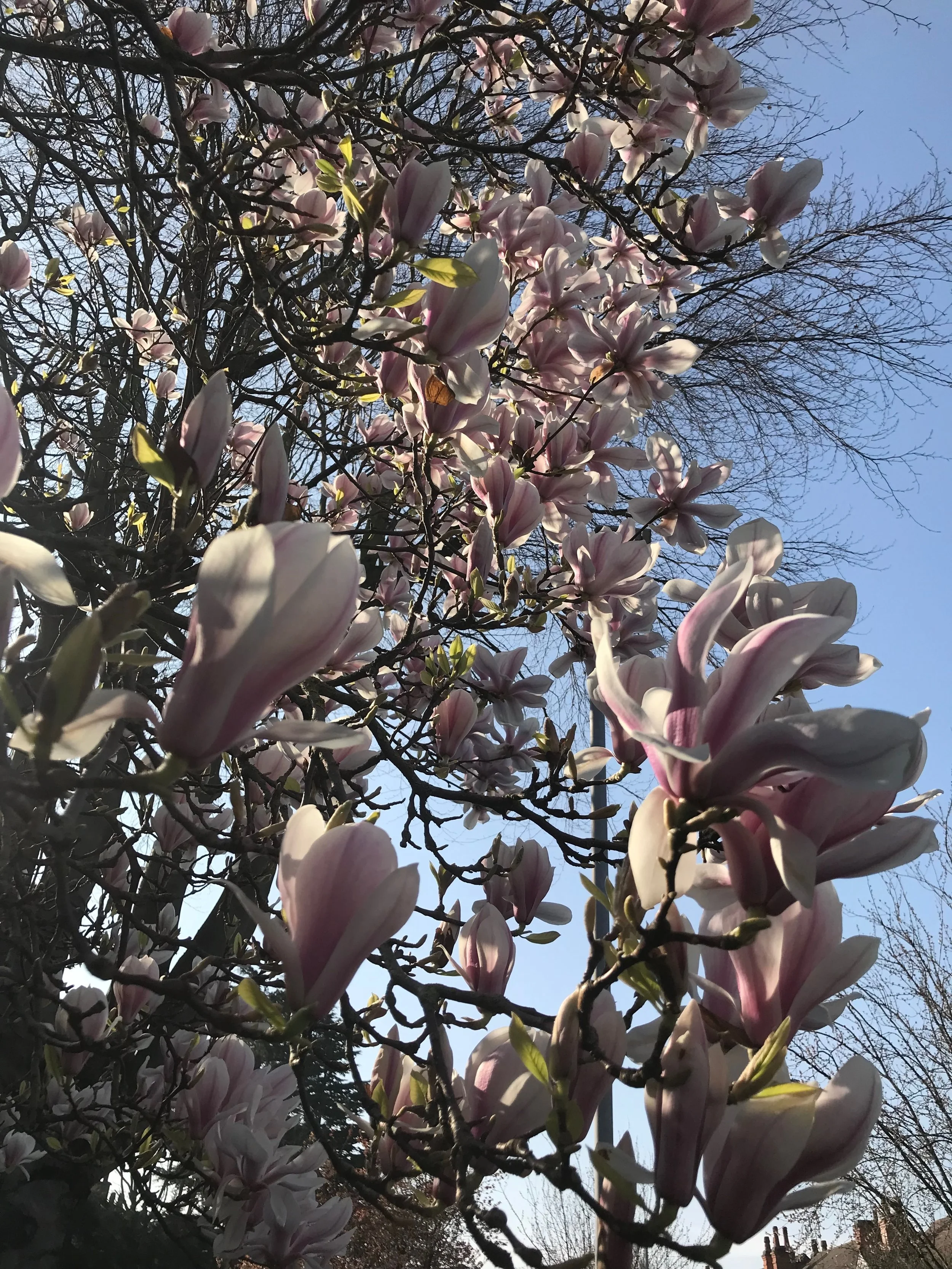A couple of weeks ago, hubby and I went to see The Pearl Fishers, an opera by Bizet. Knowing it would be in French, we googled the plot in the taxi on the way and arrived ready to soak up the performance.
When we took our seats, we realised it was a concert performance. There were no colourful set or costumes. Instead, the theatre was filled with the sound of the orchestra tuning up and the chorus taking their places. As I was expecting more of a ‘show’, I wondered what the experience would be like and whether I’d enjoy it as much.
Any doubts I may have had dissipated in the first few minutes. I was captivated by the collective sound of the orchestra, 30-strong chorus and four soloists. I watched one of the cellists playing with her whole being, bow flying across the strings, her face full of joy. The soloists didn’t just sing their parts, they embodied them. Fully immersed in the story, they invited the audience to experience it with them.
It occurred to me we weren’t just watching an opera. We were experiencing something deeper and more meaningful. Something that went beyond the enjoyment of a beautiful performance. We were experiencing creative flow.
What is creative flow?
As part of his research into the scientific study of happiness, psychologist Mihaly Csikszentmihalyi discovered people were at their most productive, creative, and happy when they operated in a ‘state of flow’.
He defined this state of flow as, ‘the mental state of being completely present and fully immersed in a task.’*
Have you ever been focussed on a piece of work or activity and time passes without you noticing? Perhaps you feel joyful and alive in what you’re doing, knowing you are up to the task in hand. Ideas flow readily and clearly, and it feels meaningful – the activity itself is reward enough. If you’ve had an experience like this, the chances are you were in flow state. It’s also known as ‘being in the zone.’
Reading this definition reminded me how I felt when I sat reading in our magnolia tree as a child. Hours would go by, and I wouldn’t notice because I was completely in the moment, immersed in the story (and the tree). This of course is the power of a great story; it invites us into the experience. This is what the Pearl Fishers did for us. Not only were we watching creative flow practice, but we also experienced it for ourselves.
“I’ve kind of entered a flow state. I’ve been there before while climbing. You are not thinking ahead. You are just thinking about what is in front of you each second.”
Sometimes I experience this creative flow state when I’m writing, especially when writing fiction. But flow state isn’t only for writers, artists, or musicians. You may experience this feeling when you’re working with clients or colleagues, speaking in public, playing sport, or spending time with family or friends. I’ve included links to two of Cskszentmihalyi’s books and TED talk at the end of this blog if you’d like to explore this further.
In the meantime, can you think of a time you felt in creative flow? What were you doing and how did it feel?
The benefits of flow state
The benefits to being in flow are many and varied! It looks different for us all, but here’s a few I’ve experienced:
Flow state can be where we do our best, most meaningful work. Being in creative flow is usually when we’re leaning into what we love to do and what we’re best at. It’s zone of genius territory.
Flow state is where our time and energy are used most effectively. I’m prone to procrastination and distraction and I want to do all the things! Perhaps you relate to these tendencies. But most of us know we can’t do our best work when we’re trying to multitask. When you’re in flow, you allow yourself to work deeply on one project, which means you’re more effective and productive.
Flow state is great for our brains and general wellbeing. Focusing on one thing at a time and being in the moment is good for our mental wellbeing. For me, this is a helpful antidote to overwhelm (no multitasking allowed!). On a physical level, I feel calmer and more relaxed.
Flow state helps us find joy and satisfaction in what we’re doing. This happens when we’re doing something we enjoy and we’re good at. We feel more motivated and fulfilled. In fact, Mihaly Csikszentmihalyi argues it’s the secret to happiness. What’s not to love?
Flow state encourages more creative freedom. When we’re in flow, our conscious mind is reduced which quietens our inner critic. I find this hugely beneficial when I’m writing. I can switch off the temptation to edit and let the words pour out without worrying how good they may or may not be.
“…It is when we act freely, for the sake of the action itself rather than for ulterior motives, that we learn to become more than what we were.”
How to benefit from creative flow state
Creative flow may sound difficult to achieve, or something only experts and gurus can do well. I disagree. Yes, it can be hard, and it takes practice, but anyone can try it and it’s worth the effort.
Here are a few things I’ve found helpful:
Push through the reluctance. I don’t always think, ‘Hurrah it’s time for creative flow work!’ Sometimes there’s a sense of reluctance because I know it takes effort and it may be challenging. But I also know if I push through the sense of reluctance the reward is worth it. Remind yourself of the benefits of investing in this type of work or activity. When we engage with creative flow, we can best serve ourselves and others.
Create your best environment. Flow state doesn’t just happen, but we can create an environment that helps us succeed. For me, this means removing distractions so I can focus. Sitting in a room without clutter is helpful or going somewhere like the library where there are no other demands on my attention. If you’re struggling to get into flow state, try changing your environment or your medium. For example, if you’re typing, try using a notebook and pen. Or take your ideas for a walk and use a voice app to capture them. Change the location and make it enjoyable.
Flow with others. I wrote the first draft of this blog whilst being on zoom for an hour with other writers. It took me a few minutes to get into it then I became completely immersed and the time passed without me noticing. This isn’t for everyone but working alongside other, like-minded people can be incredibly helpful.
Find the right level of challenge, skills, and enjoyment. Flow state happens when we get these things just right. An activity or task must present the right level of challenge – a stretch so it’s not boring, but also not stressful. Choose something that you have the skills to do well, and you enjoy. For me, running and writing fall into this category. They are stretching but I have experience and skills in both, and I enjoy them. If you’re not sure which activities are right for you, you could ask yourself, what work do I love doing the most? or where do I bring the most value?
Practice, not pressure. We’re more likely to find flow state when we’re engaged in activities we have already practiced. As with most things in life, things become easier the more you do them. Can you schedule ‘flow state time’ in your diary on a regular basis? Record your thoughts afterwards. What felt good, what worked and what didn’t? Did the time of day, the location and the environment have a positive effect on your flow state time or did it present challenges? This is all about creating the right flow state environment for you. The more you practice, the easier it will become to use your flow state time the way you want to.
Your creative flow
There’s no magical formula for the practice of creative flow and it looks different for everyone. It’s also for everyone. So, I’d encourage you to give it a go. If you only have 15 minutes, try it for 15 minutes. Don’t expect to see miracles the first time, but approach with a sense of curiosity and a willingness to try. And be prepared to try it again.
Books by Mihaly Csikszentmihalyi:
Beyond Boredom and Anxiety, experiencing flow in work and play*
https://www.amazon.co.uk/Beyond-Boredom-Anxiety-Experiencing-Flow/dp/0787951404
Flow: The psychology of optimal experience
TED talk: https://www.ted.com/talks/mihaly_csikszentmihalyi_flow_the_secret_to_happiness
More helpful articles on flow state:
https://www.bbc.com/worklife/article/20190204-how-to-find-your-flow-state-to-be-peak-creative
https://www.betterup.com/blog/flow-state



